Cantor Arts Center
328 Lomita Drive at Museum Way
Stanford, CA 94305-5060
Phone: 650-723-4177

Art/Object considers contemporary works in the collections of the Cantor Arts Center and Bowes Library that fall between the cracks of obvious medium categories.
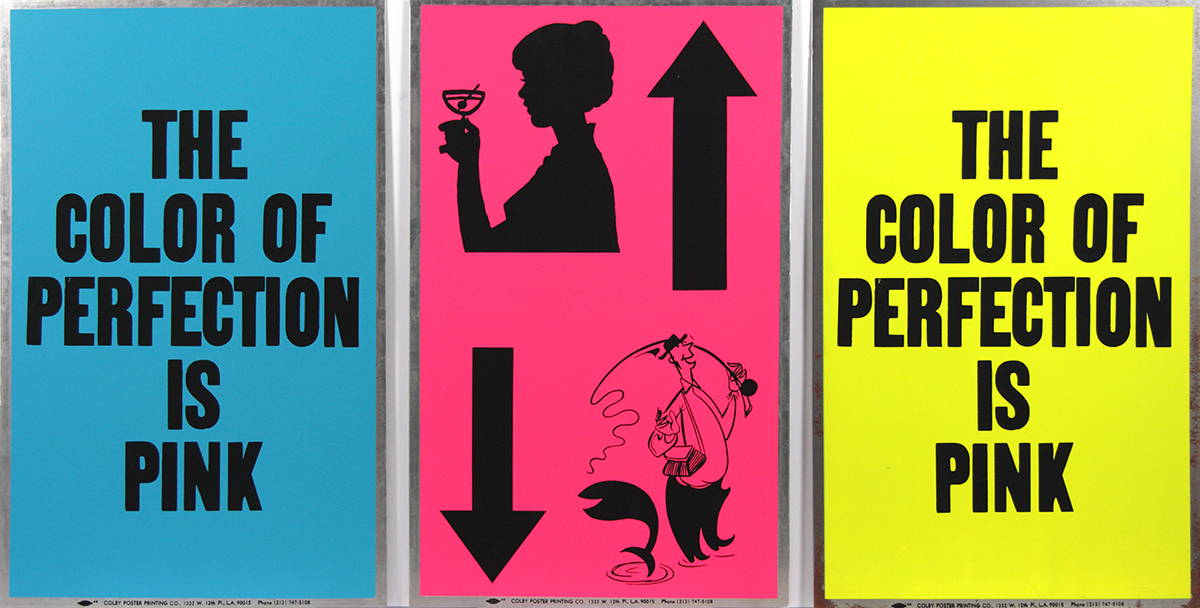
This exhibition, installed throughout the first floor of the Anderson Collection, explores the ideas of Westward Expansion and Manifest Destiny through the lens of John Gast’s 1872 painting, American Progress.
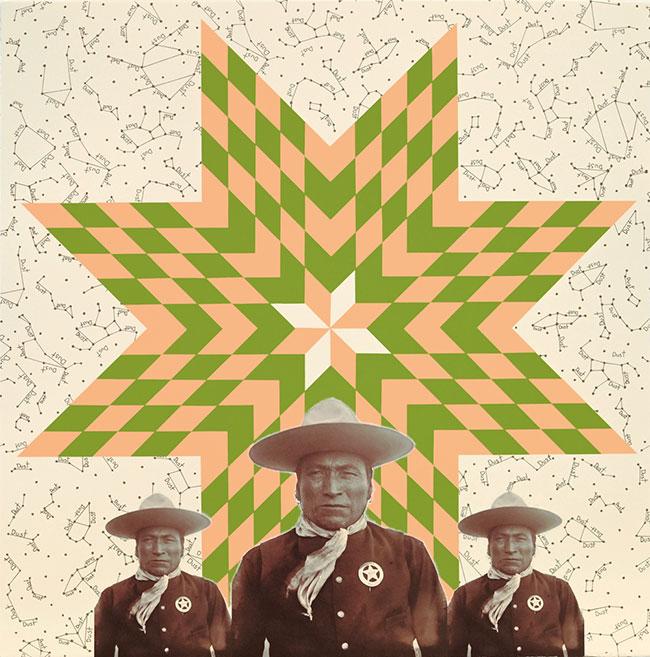
This installation foregrounds the significance of portraits—of known, infamous, or anonymous subjects—to Parks’ documentary work.
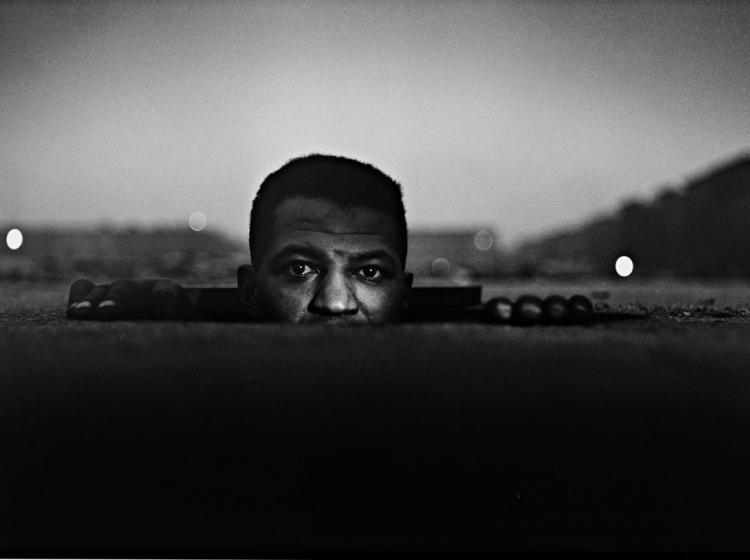
Take a moment to relax and complete one of our jigsaw puzzles with iconic views of art on campus.
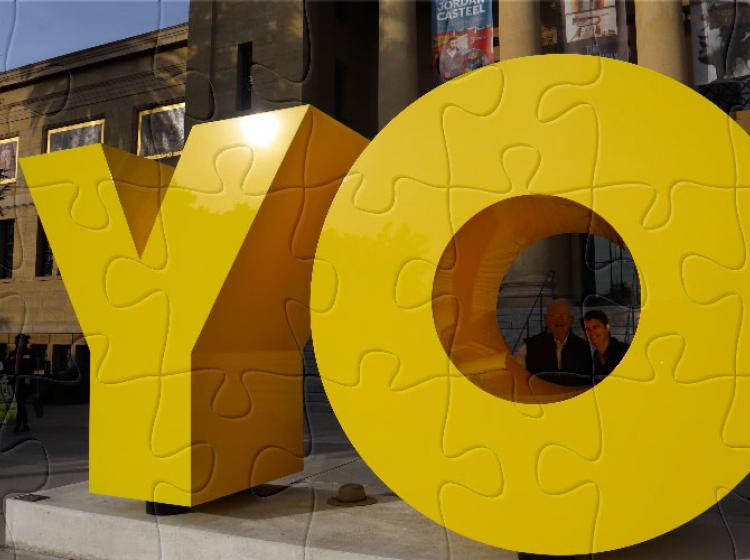
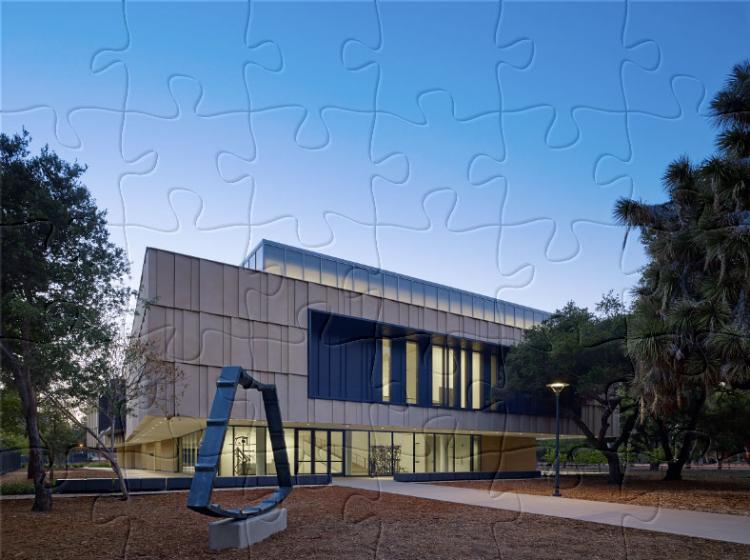
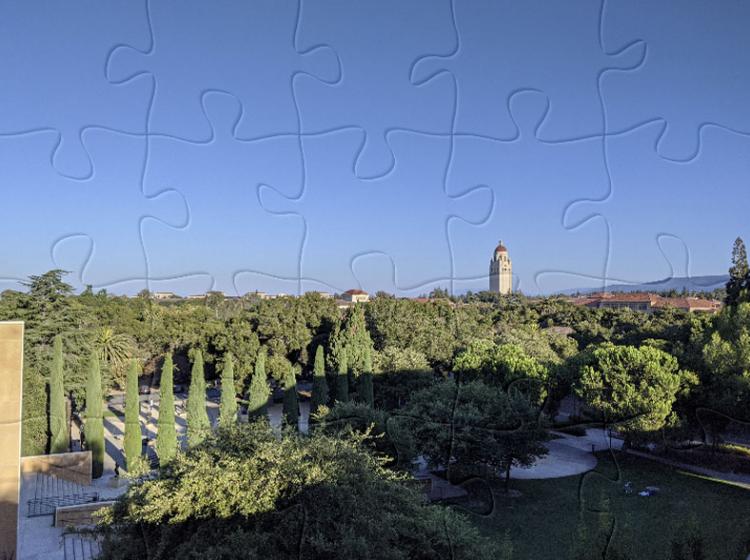
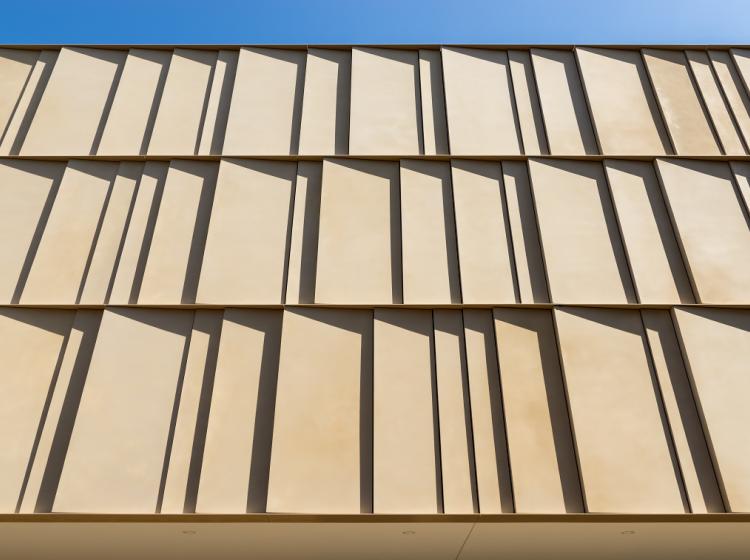
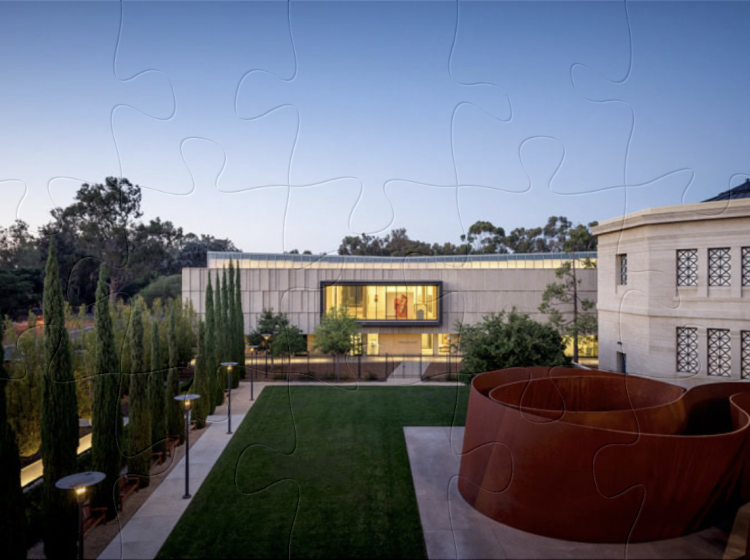
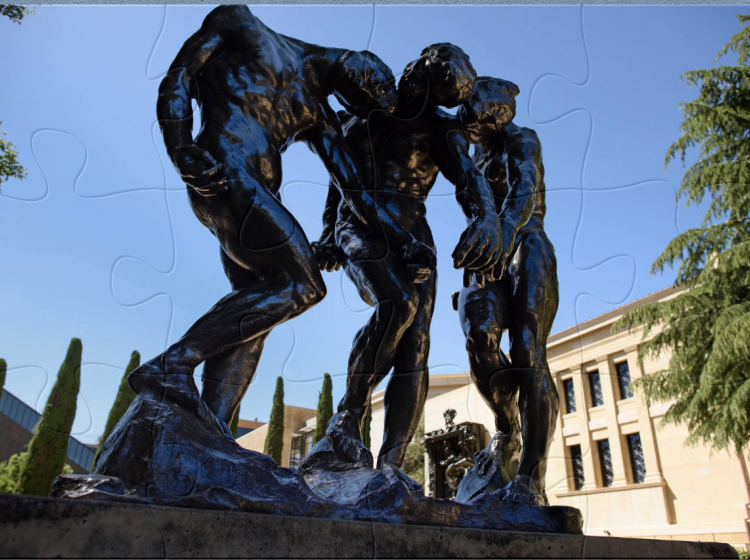
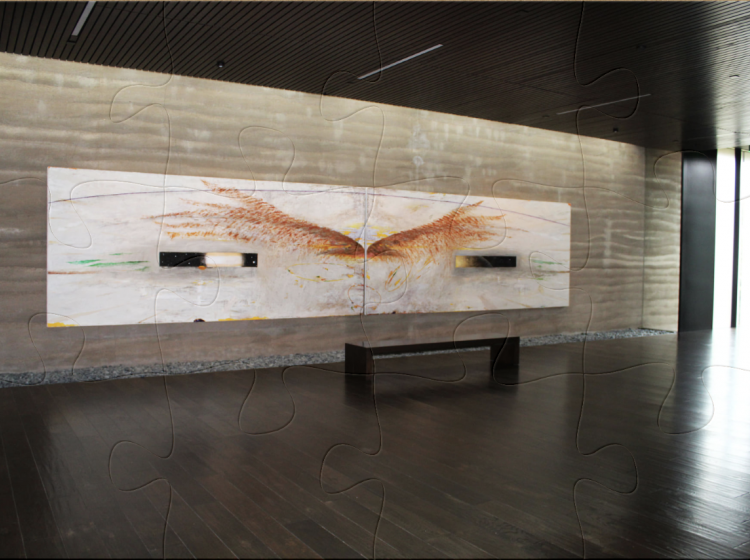
Join Jason Linetzky, Director of the Anderson Collection at Stanford University, Aimee Shapiro, Director of Programming and Engagement, and artists Kahlil Robert Irving and Brie Ruais in a journey through Formed and Fired: Contemporary American Ceramics. You’ll learn more about this exhibition and discover the artists’ practice in their own voices.
It is no secret that the Leland Stanford Junior University and Museum were created in memoriam for Leland Jr., but much less is said about how these institutions, and in particular the museum, emerged. The museum’s early collections reflect Leland Jr.’s curatorial interests, nurtured by his doting parents’ great wealth, class tastes, and social connections.
In her talk, Sabrina Papazian, PhD candidate in the Department of Anthropology, analyzed the objects collected by Leland and provided insight into his role as a budding intellectual.
Through reminiscences of her many years working with Stanford’s leaders in the arts, Mona Duggan takes us back to the time when the Department of Art and Stanford Museum were joined, and will touch on the milestones that have set the stage for the current renaissance of the arts on campus.
Alexander Nemerov speaks about the present and future state of the Department of Art and Art History in its new home, the McMurtry Building.
In this video from The Wall Street Journal, we learn how the Stanford School of Medicine teach students the diagnostic process using sculptures from French artist Auguste Rodin.
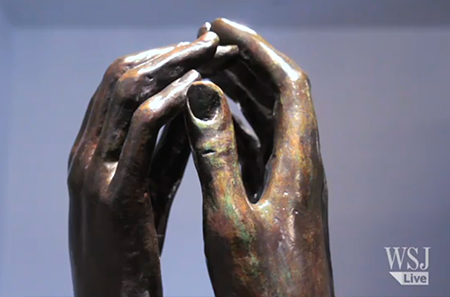
In this presentation, Dion discusses "The Melancholy Museum," its relationship to installations he has created at other universities, and many of the discoveries he made while working with the Stanford Family collections.

This exhibition was curated as part of Frankenstein@200, a larger celebration at Stanford University marking the 200th anniversary of Mary Shelley's novel "Frankenstein."
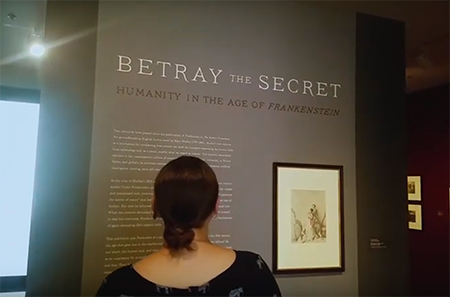
The Burt and Deedee McMurtry Lecture is a program of the Anderson Collection at Stanford University, presented in partnership with Stanford Live.
Judy Chicago is an American artist and major figure within the early Feminist Art movement of the 1970s.
She is considered one of the most prominent voices in ongoing dialogue about women and art.
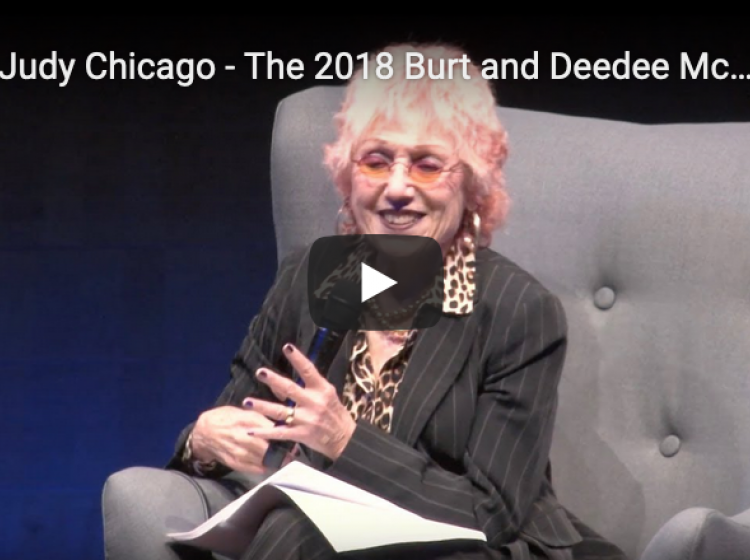
Roberta Smith is the co-chief art critic of The New York Times. She lives in New York. Jason Andrew is an independent curator and producer. He is the founding partner at Artist Estate Studio.
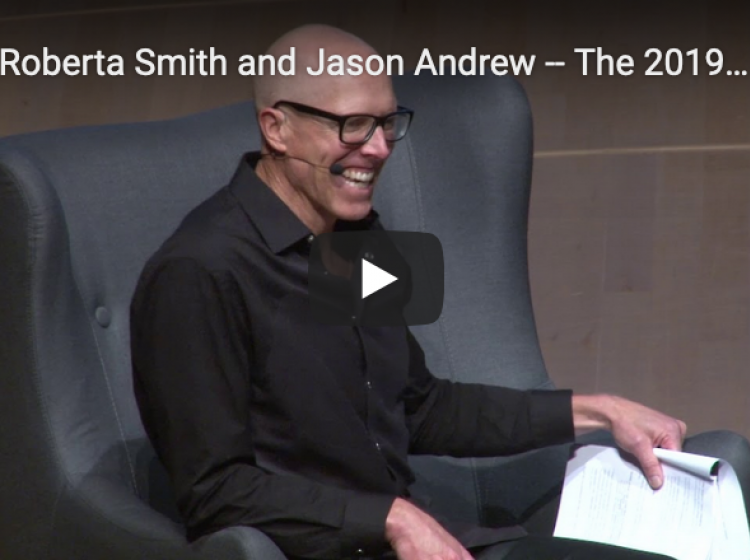
For more than six decades, Robert Irwin has explored perception as the fundamental issue of art. Irwin began his career as a painter in the 1950s and became the pioneer of the L.A.-based “Light and Space” movement in the 1960s.
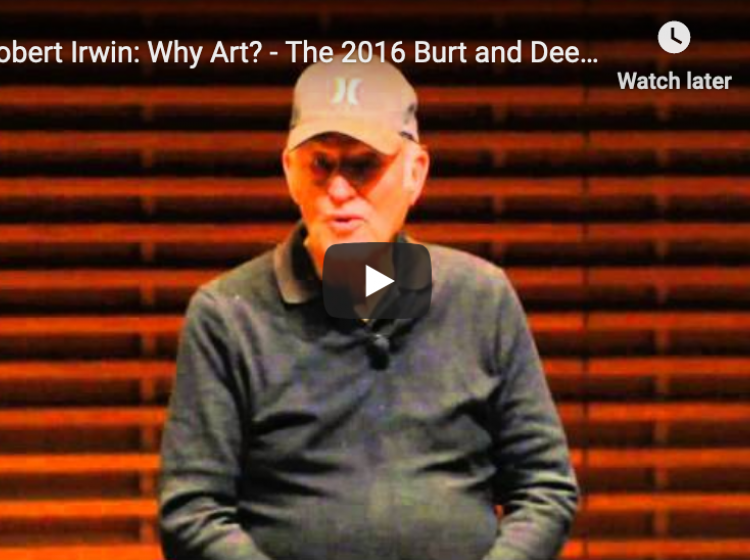
Visual artist Jordan Casteel recounts the emotional origin story of Yvonne and James, giving us a glimpse into lives which might otherwise go unseen through her portraits from the Bronx.
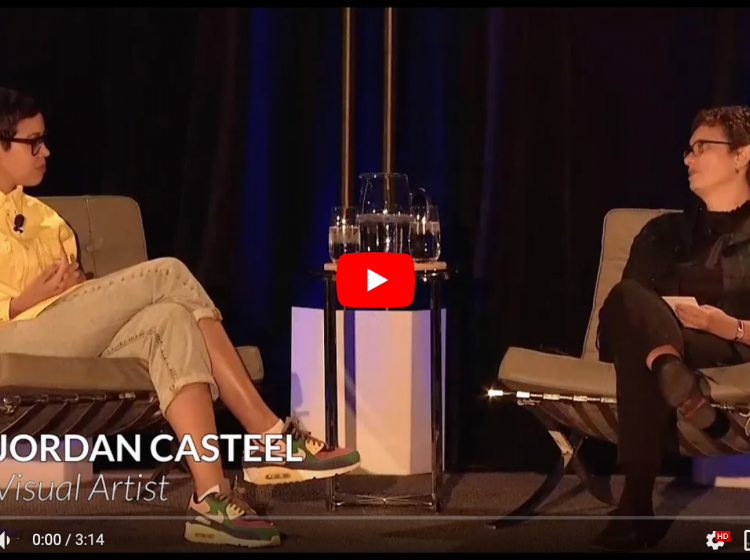
A look at the photography of Muybridge used to prove that a horse's feet all left the ground while galloping.
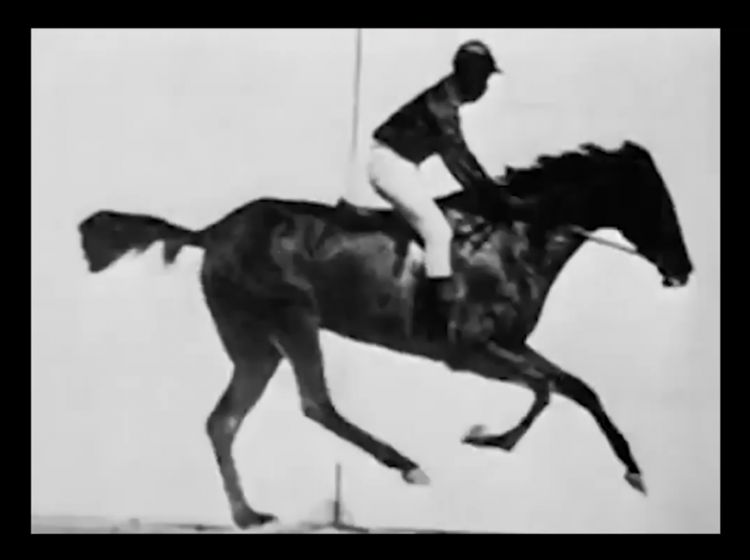
Josiah McElheny’s monumental installation Island Universe envisions an infinite, multiverse cosmos, where five separate universes occupy the same space, frozen in their individual moments of expansion.
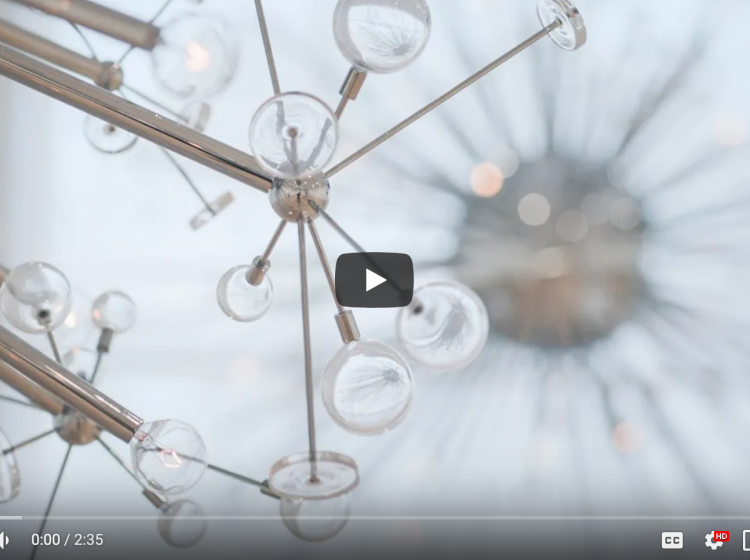
Revisit the 2017 Burt and Deedee McMurtry Lecture, featuring artist Nick Cave in conversation with Harry Elam, Senior Vice Provost for Education and Vice President for the Arts.
Watch as Richard Serra’s massive steel sculpture Sequence (2006) and all 235 tons return after several years indoors at SFMOMA.
Go beyond the ruffled dresses, striped socks, and strange expressions and learn the mysteries behind Palo Alto Spring, the iconic painting of Leland Jr.'s 10th birthday party.
In this 2016 interview for Stanford Historical Society, Harry W. and Mary Margaret Anderson talk about how an auspicious visit to the Louvre led to the creation of their collection of post-World War II American art and a gift of more than 121 major paintings and sculpture to the university.
A leading name in the Bay Area figurative movement, Nathan Oliveira discusses his career at Stanford, which began in 1964 after an invitation from Lorenz Eitner, chair of the Stanford art department.
In these interviews, Oliveira also talks about the impact of Stanford art students on his own artistic work.
Professor Ermeritus Frank Lobdell speaks to a life-long passion and commitment to the making of art, fueled by curiosity of what it means to be human across time and cultures. Along with Nathan Oliveira and Keith Boyle, Lobdell was instrumental in building an studio art program at Stanford.
Visual artist Mark Dion walks you through the inception of The Melancholy Museum, and the Cantor Art Center's exciting and interesting origin story. Watch the video, view the special presentation created by Stanford Report, and explore featured objects from this exhibition.
Central to the Richard Diebenkorn at the Cantor exhibition, the artist's sketchbooks have been digitized and made available to explore digitally. Sit back and enjoy this micro site* dedicated to the work of this Stanford alum, celebrating his deep and broad connections to our campus.
* Use Safari or Chrome, and expand window to full screen to view.
Jane L. Stanford's letters pertain largely to the founding and administration of Stanford University, along with her personal and social affairs.
Explore this fascinating collection of correspondence, speeches, news clippings, and other biographical materials that Stanford Libraries has digitized and made available to the public.
Drawing on a trove of over 3,600 contact sheets featuring 130,000 photographic exposures acquired from The Andy Warhol Foundation for the Visual Arts, Inc. in 2014, these images document the iconic artist's daily life.
The collection features candid portraits of celebrities and artists of the era including: Jean-Michel Basquiat, Truman Capote, Jimmy Carter, Martha Graham, Halston, Keith Haring, Debbie Harry, Bianca Jagger, Grace Jones, Jackie Kennedy, Liza Minnelli, Dolly Parton, Robert Rauschenberg, Elizabeth Taylor, Diane Von Furstenberg, and more.
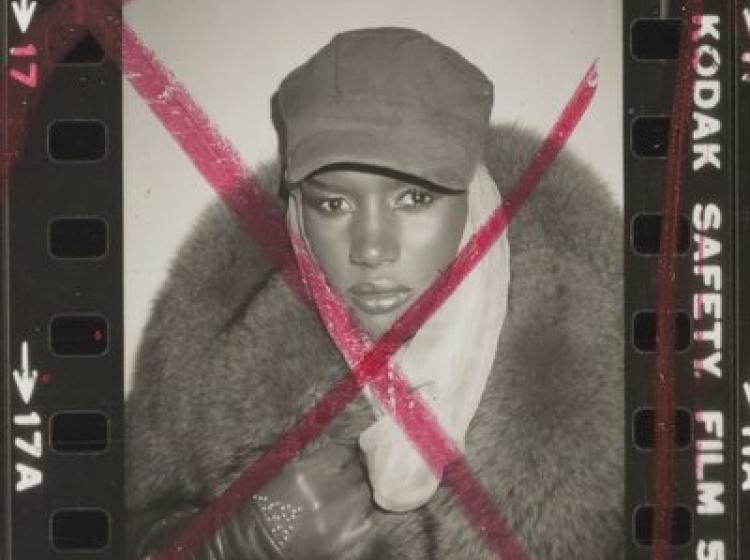
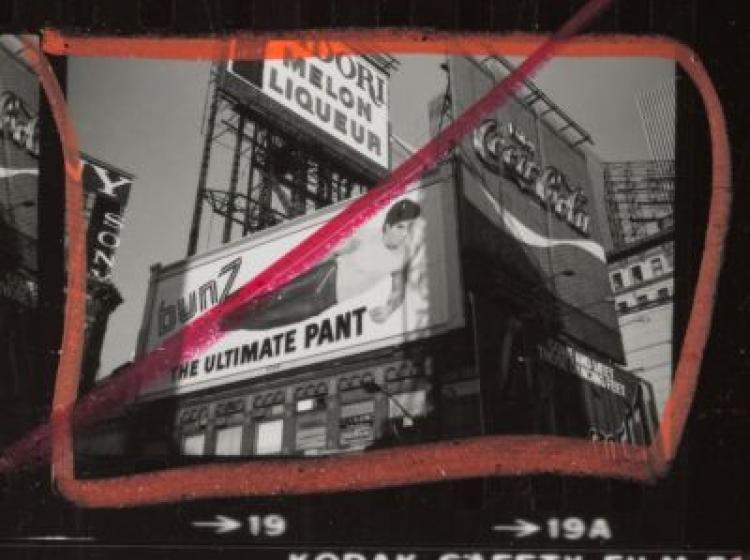
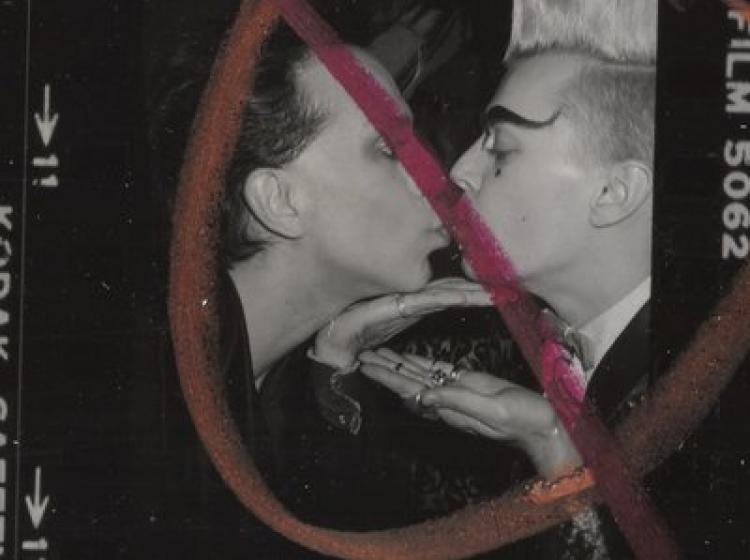
Drawn from the extensive holdings of the Cantor Arts Center, the largest collection of sculptures by Rodin in an American museum is now available online.
His pioneering work in photographic studies of motion took place in a studio at Stanford's Palo Alto Stock Farm, using Leland Sr.'s horse 'Occidental' as his subject.
This gift includes works by American photographic masters Ansel Adams, Edward Curtis, John Gutmann, Helen Levitt, Wright Morris, Gordon Parks, and Edward Weston.
Unleash your creativity with these paper projects, brought to you by the Anderson Collection at Stanford University. From clever paper projects to coloring sheets, you can become an artist in the comfort of your home.
Once finished, you can share with us on social media using the hashtag #museumfromhome and tagging us with @anderson.collection.stanford.
Be at home with Stanford’s art museums: customize your video conference background, set your computer or phone wallpaper and step inside our galleries -- virtually. Instructions to switch your Zoom background are here (and be sure to uncheck “Mirror my video”)!
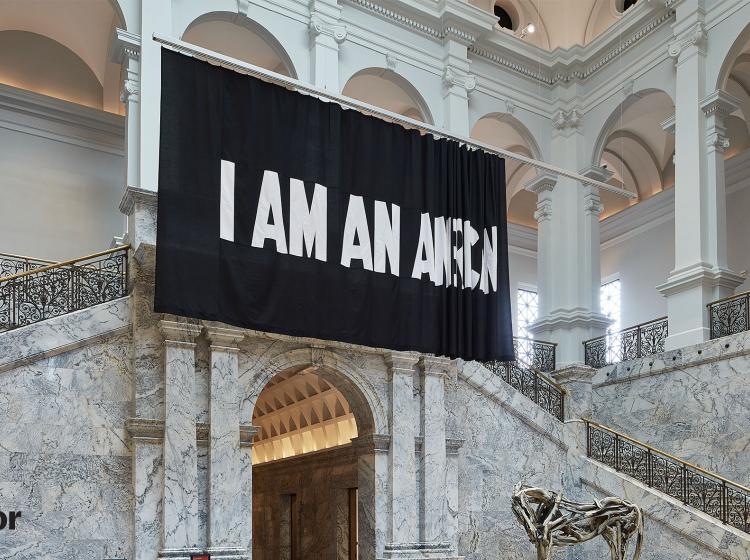
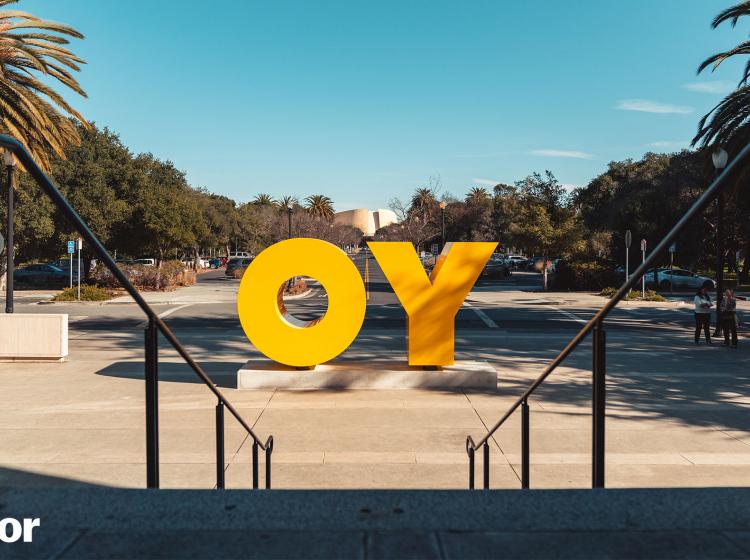
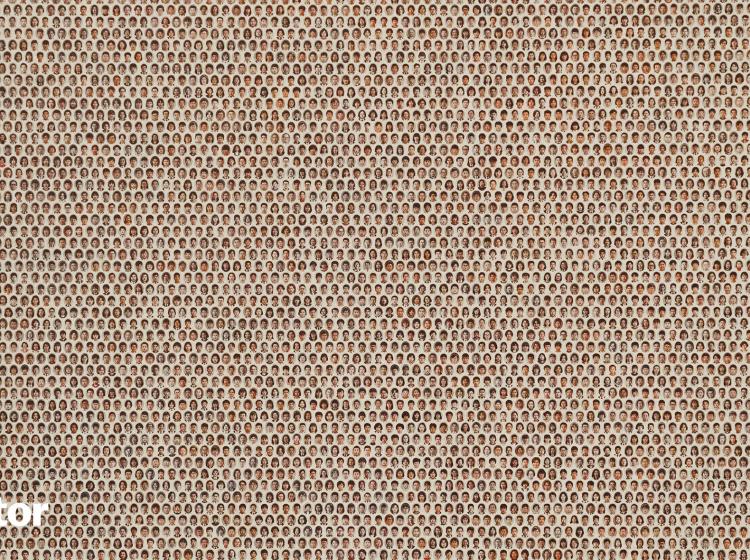
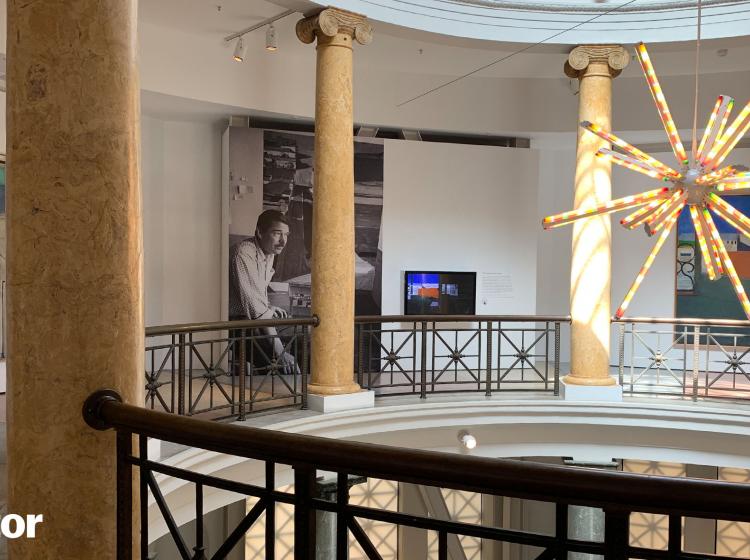
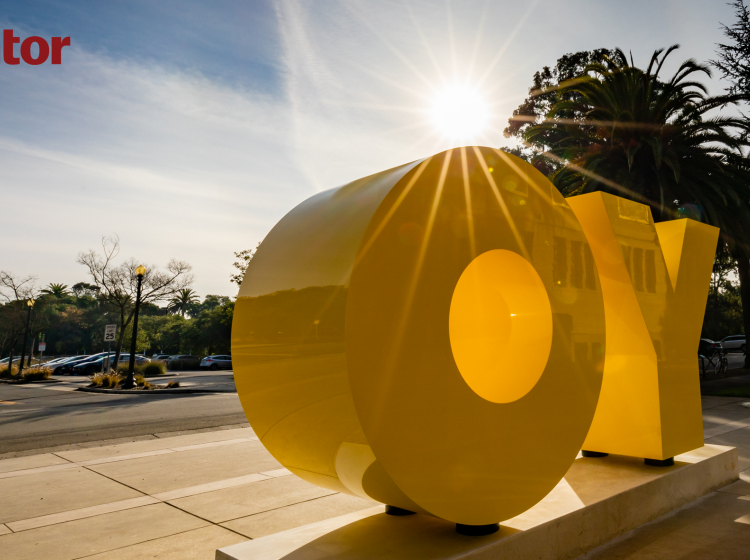
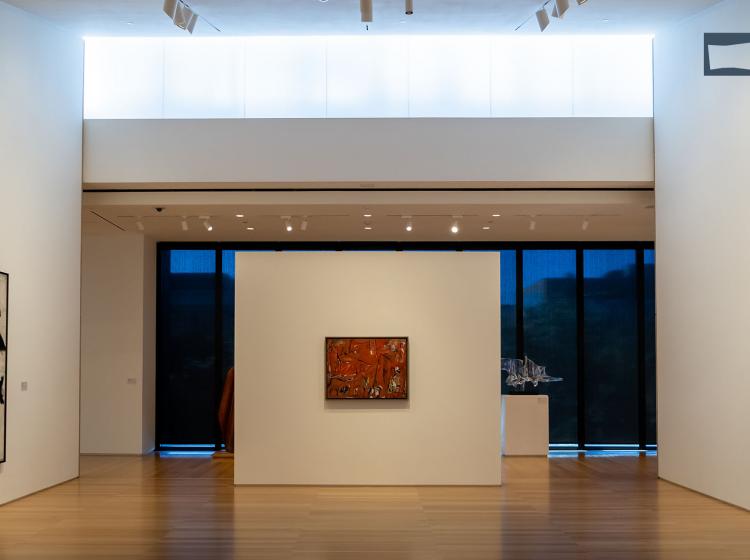
Formed and Fired: Contemporary American Ceramics at the Anderson Collection highlights artists who are reshaping ceramics in concept and craftsmanship.
Earlier this year, Kahlil Robert Irving provided a glimpse into his artistic process and how he’s thinking about the present.
Cantor associate curator of European art Patrick “Patch” R. Crowley helps unpack Rodin’s approach and how his legacy endures in ways that extend beyond his art.
Explore the artists and ideas that comprise our vision for creating an inclusive museum for 21st century audiences.
Assistant Curator of American Art Aleesa Pitchamarn Alexander explores a few highlights of The Medium is the Message exhibit.
Students of fiction experience Wright Morris’s work on and off the page.
Five Questions for Maggie Dethloff, Assistant Curator of Photography and New Media.
Diebenkorn's impact has continued on campus thanks to the number of significant artworks given and lent to Stanford.
Left of Center brought together seven graduate-student curators to reenvision a new rotation of the Anderson Collection.
Experts share their perspectives on Richard Diebenkorn's work at the Stanford art museums.
Archival pigment print. Soft-ground etching. Gelatin silver print. Art on paper can take on myriad forms and expressions. As a decade closes, the Cantor showcases works on paper collected in the last ten years with some for the first time.
In this Q&A session with Robin Wander, Anderson Collection Director Jason Linetzky looks back at the first five years of the Anderson Collection at Stanford University.
Alexandria Hejazi Tsagaris, PhD candidate at Stanford University, studies early modern art and architecture, with a particular focus on Renaissance Italy and Safavid Iran. Read how her educational experience and the Cantor's remarkable material on Persia's history aided her in the curation of Crossing the Caspian.
Deborah Kass' monumental OY/YO sculpture was inspired by Edward Ruscha’s OOF (1962). Upon seeing it in the Museum of Modern Art, Kass thought to herself, “Oy.” In 2009, she painted the word in the same colors Ruscha used: yellow text on a blue background. Discover the concept behind the bright piece that welcomes visitors to the Cantor.
Richard Diebenkorn's Window is the centerpiece of a new interactive exhibition at the Cantor Arts Center. The exhibit reveals hidden images beneath the painting found by Stanford student Katherine Van Kirk. The hidden compositions date to the mid-1950s and ‘60s, when Diebenkorn was a leader of the Bay Area Figurative movement.
Joseph is interested in expanding traditional print and televised news formats to be more broadly representative.
BLKNWS is a two-channel video broadcast displayed on two side-by-side monitors. Juxtaposed on each screen are media clips of Black American experiences that are paired alongside filmed news desk segments.
The 1,000 images from the Capital Group Foundation gift to the Cantor Arts Center—featuring legends like Adams, Weston and Parks—factor in alongside Stanford University’s other high profile photography collections, including the image archive of Andy Warhol and Civil Rights documentarian Bob Fitch.
Receive special benefits at the Cantor Arts Center and The Anderson Collection at Stanford University with one membership.
For information on making a gift, contact our development office at twomuseums@stanford.edu or 650-723-3482.